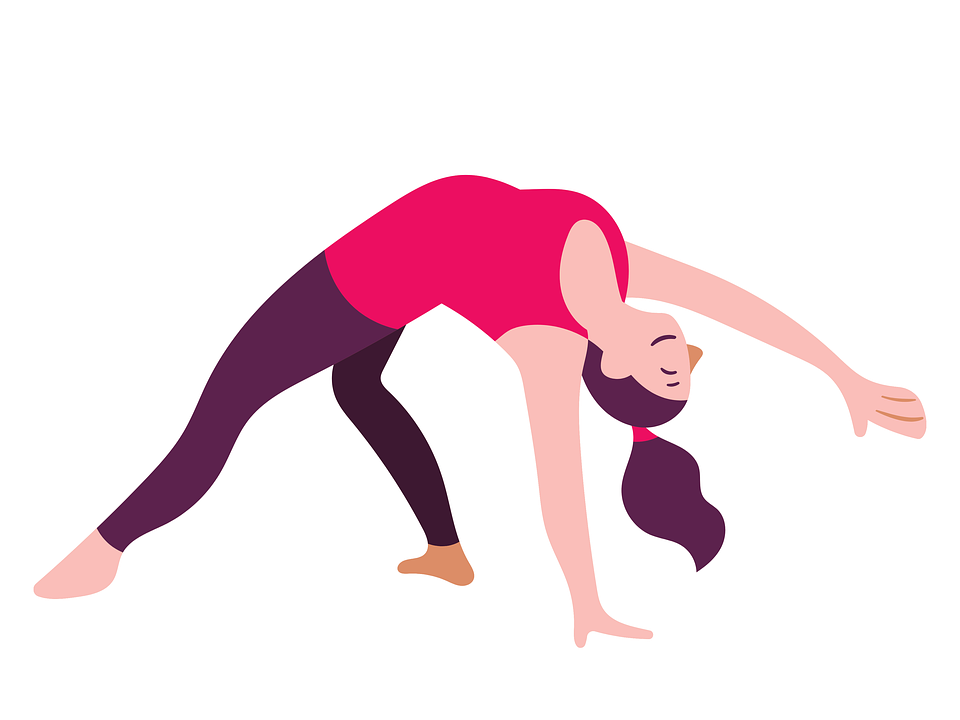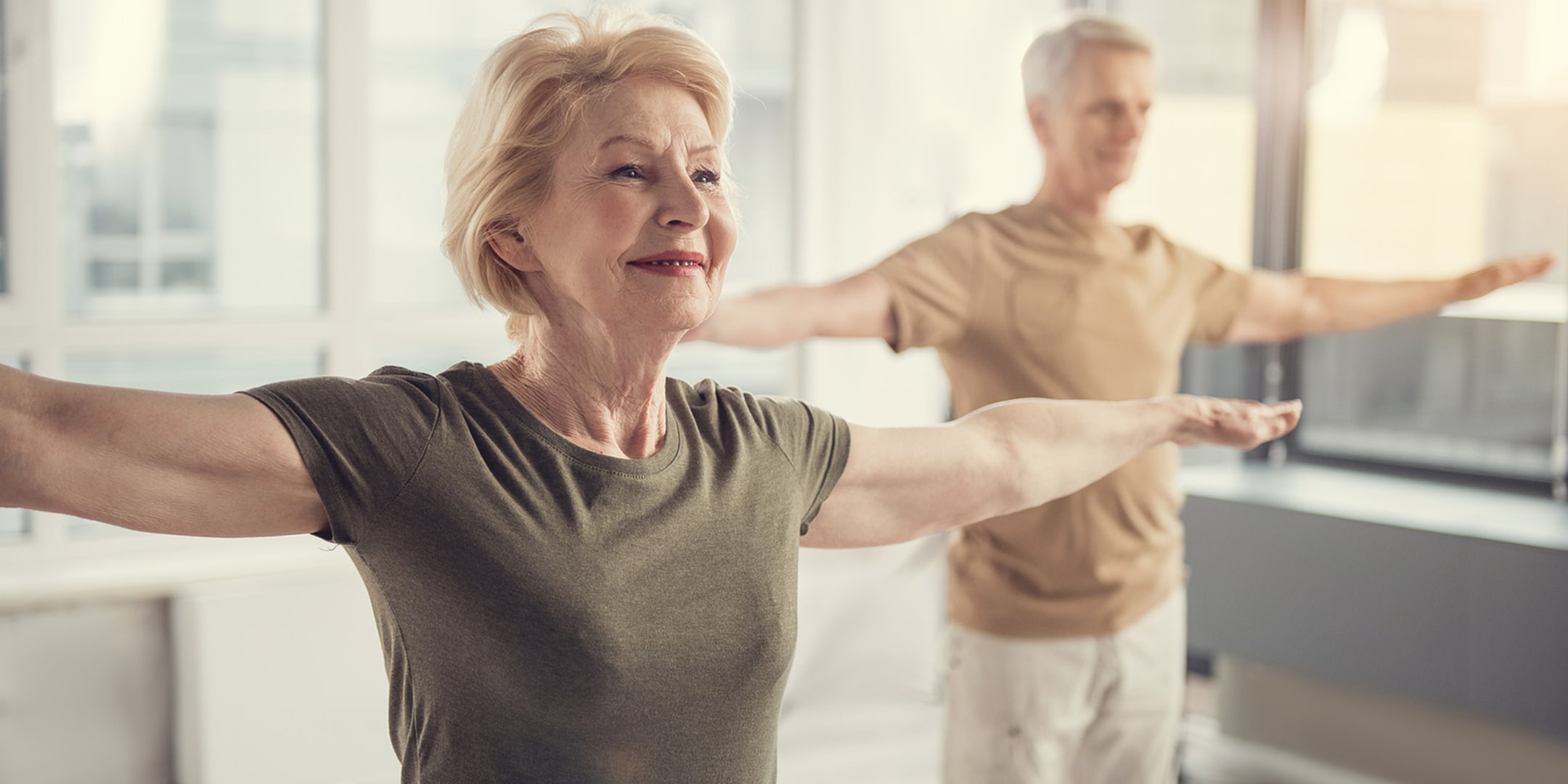
Yoga has been used throughout history for pain relief. But did it know that it can also help with fibromyalgia. This article will talk about Yoga poses to treat fibromyalgia. Also, it will include Yoga of awareness and self-care techniques for people who suffer from the disorder. Regular practice of Yoga can reduce the symptoms and improve your overall health. Learn more.
Yoga poses for fibromyalgia
Savasana is the best pose for fibromyalgia. This pose is characterized by the feet being joined together. The heels are drawn towards the pelvis, while the knees are bent. The position reduces stiffness in the muscles and relieves fibromyalgia symptoms. You can also stretch your entire body by putting your legs and head in a position that allows for complete body stretch. This pose can easily be held for up to 10 minutes.
Stretching your hamstrings is another yoga pose for fibromyalgia. Fold your legs inwards. Place a blanket under your knees. Now, turn your palms to the side. This will stretch your back muscles and increase circulation. Many people with fibromyalgia also have ankle swelling. These areas can be stretched by doing the wiggle-waggle.
Yoga of awareness intervention
Results from a randomized controlled study suggest that Yoga of Awareness can improve symptoms and functional impairments in people with Fibromyalgia. The study had two primary goals: to assess the yoga intervention's effect on a wait list group and an immediate treatment program. Participants scored their level of fatigue and pain on a scale from 0-10.

Women are more likely than men to develop FM. The study included 53 women who were 21 years old or older. Participants had to have FM for atleast one year and be under stable treatment. 25 of these patients were able to undergo the yoga program. The other 28 patients were treated with standard care. The study also showed a positive effect of yoga on pain relief. Future research needs to compare yoga with other treatments, such as placebos.
Self-care
Non-drug self care strategies, such as yoga for fibromyalgia are also available. Cognitive behavioral therapy, for example, helps patients learn ways to cope with stress and pain. Stress is a common reason for depression and flare-ups of pain. Knowing how to cope with it can help you feel better. Meditation can also relieve anxiety and depression. Practicing self-care techniques such as yoga or meditation can help you reduce these negative feelings, improve your concentration, and get your mind off the pain.
The ancient art of yoga has many health benefits, including improved flexibility, reduced blood pressure, and increased mindfulness. Yoga promotes self-care and encourages patients to develop mindful awareness. The benefits of yoga for fibromyalgia are numerous, and many people find it an essential part of self-care. Yoga is particularly useful in stressful situations like a family crisis, job loss, or injury.
Fibromyalgia symptoms
Yoga might be a good option for fibromyalgia sufferers. Many people suffering from fibromyalgia have tension in their necks, shoulders, and upper backs. Certain yoga poses target these tender points, and others help the entire body relax. Baby Pose is, for example, bending forward to place your head on the floor. Next, extend your arms backwards and place your palms on the ground. This pose should be held for 20-25 seconds. Then, take a break. This stretch helps to maintain a healthy spine and relieves fatigue. It's also helpful because it helps the body sleep, as it resembles the womb, and it can help to reduce fatigue.

Yoga helps relieve the painful symptoms of Fibromyalgia by strengthening the back muscles. Yoga strengthens your calf muscles which can reduce pain and tenderness in your back and legs. Practicing yoga poses daily will help you feel better overall and improve your mood. It's important to find a class that suits you. To learn more about yoga for Fibromyalgia, visit your community centre or join an online group.
FAQ
How to Build Muscles Fast
Fast muscle building is possible by eating healthy foods and regularly lifting weights.
The best time to work out is early morning when you are fresh and ready for action!
Try exercises like squats and bench presses.
Use different weight training techniques and drink plenty water throughout the day.
Are There Any Benefits Of Doing Yoga?
Yoga has been around since ancient times and has gained popularity recently. Celebrities and ordinary people love yoga.
Yoga is great for strengthening your muscles and stretching them. It also relaxes your mind and makes you calmer.
Yoga and other forms exercise differ in that yoga is focused on breathing techniques.
Different poses can be practiced to increase flexibility and balance.
Does weightlifting burn more fat than other forms of exercise?
Although weight lifting can help you lose fat more quickly, it is best to combine it with cardio exercises.
For the best results of weightlifting, do it after cardio exercises.
When done correctly, weightlifting increases your heart rate and oxygen consumption which helps you lose weight.
But if you do not combine it with cardio, you will not see any significant changes in your body composition.
Which workout is best to build muscle?
You need to perform two types of exercises when building muscle mass. These are called compound movements and isolation. While isolating exercises target specific muscles, compound movements are designed to focus on multiple muscle groups at once.
It is important to do exercises that work all of your major muscles groups. This ensures you're always pushing yourself during your workouts.
MyFitnessPal, an app that tracks your actions, can be used to help you keep track. It can track everything from calories burnt to weight lifting. It also allows you to create meal plans customized for your goals.
How many calories should I consume daily?
This can vary from person to person. On average, between 2000 and 2500 calories a day. The factors that determine how many calories are needed for you include your gender, age, height, activity level, lifestyle, and gender.
How do you lose weight?
It can be difficult to lose weight. Many people give in to temptation because they don't know how to proceed.
However, there are some simple steps that you can take to shed those extra pounds.
First, ensure you eat fewer calories that you burn. You will gain weight if you eat more calories than you burn.
Second, you must start exercising regularly to burn off all those calories. You have many options, including walking, biking, dancing and jogging.
Third, you must stop smoking cigarettes and drinking alcohol. These habits can cause you to consume more calories that you would otherwise.
Fourth, you should cut back on junk food. These can be replaced with healthier options like fruits, vegetables and whole grains.
Fifth, you need to change your lifestyle and adopt new habits. You may have to get up before the rest of the world to exercise.
Sixth, it is important to be disciplined about your diet and follow it.
To burn extra calories, you can also join a gym or take an aerobics class.
Follow these simple steps and you'll soon start to see the results.
What is the fastest way to transform my body?
The first step is to change your mind. You must first decide to change.
Once you decide that you want to change, it is time to set a minimum of 3 months' commitment to your fitness goals.
You will then need to choose a program that is compatible with your lifestyle.
Realistic expectations are also important. If you are not ready to dedicate the time and effort to reach your goal, do not spend money on a gym.
Instead, spend your free time exercising outdoors.
Spend an hour walking around the block every day and you will burn enough calories to lose 1 lb each week.
Now that you know what you're going to do start planning how you will organize your life to fit this new plan.
You should make sure you set aside time each morning to exercise and that you take breaks throughout your day to move.
Reward yourself for reaching milestones. You might be able to buy clothes and accessories that reflect your accomplishments.
Statistics
- Cardmembers earn 5% Back at Amazon.com with a Prime Credit Card. (amazon.com)
- According to the American Academy of Dermatology (AAD), men over 50 are at a heightened risk of developing it. (healthline.com)
- By John Thompson Take a whopping 38% off a set of PowerBlock Pros. (menshealth.com)
- 10 pounds in a month is likely during a lean bulking phase, especially for beginners. (muscleandstrength.com)
- An estimated calorie range for moderately active adult males falls between 2,200 to 2,800 calories per day, depending on age. (eatright.org)
External Links
How To
How do I lose weight while working out?
Exercise helps you lose calories by increasing your metabolism and oxygen intake.
Exercise at a moderate intensity to safely lose weight.
These tips can help you to burn fat while training:
-
Cardio exercises include swimming, running or cycling.
-
Do 30 minutes of exercise three times a week.
-
Add strength training to your workouts if you are looking to lose more weight.
-
Avoid intense exercise. You can build muscle without having to lose muscle tissue.
-
During exercise, drink plenty of water. Water helps to flush out toxins from the body and maintains proper hydration.
-
Choose low-fat protein shakes after working out. Protein shakes can help boost energy and repair muscles.
-
Take smaller meals throughout each day to avoid feeling hungry.
-
Don't skip breakfast! Skipping breakfast can cause you to feel tired and sluggish.
-
Take care to your mental well-being. Stressful situations can affect your metabolism.
-
Keep a positive attitude. Studies show that overweight people are more likely to be obese than those who perceive themselves as attractive.
-
Get enough rest. A lack of sleep makes it difficult to lose fat.
-
Active living is key. Get up every hour and get moving.
-
Maintain a healthy diet. Healthy eating will keep you fuller and more satisfied for longer.
-
Find ways to relax. An anxious mind won't allow your body release stress hormones, which can lead to the destruction of muscle tissue.
A balanced diet will provide all nutrients that are necessary for growth.
Instead of eating three large meals a day, eat six smaller meals every day. This allows your body time to digest what you've eaten.
For strong bones to be maintained, you need approximately 500mg of calcium per day. Calcium can also be found in milk products, yogurt, fortified Soy beverages, orange Juice, cereals and bread.
Calcium comes from leafy green vegetables, beans, tofu, nuts, seeds, and cheese.
Vitamin D is required for calcium absorption. Vitamin D is found in eggs yolk, fatty fish and fortified foods.
Vitamin E is important for skin health. It can be found as a vegetable oil, wheat germ, peanuts or almonds.
Your body requires zinc to function normally and for wound healing. Zinc can be found in seafood, legumes and meats.
Zinc deficiency can cause fatigue, loss of appetite, depression, and impaired immunity.
Insulin resistance is caused by eating too much sugar, which can increase blood glucose levels. Insulin resistance leads directly to weight gain.
Insulin resistance develops when there are high levels of free radicals in the bloodstream. Free radicals are molecules with unpaired electrons that damage cell membranes and other parts of the body.
Food additives, pesticides and herbicides, as well as preservatives, smoking and radiation are all sources of free radicals.
Free radical damage can cause cancer, heart disease and diabetes, as well as arthritis, asthma, and other diseases.
A well-balanced diet rich in antioxidants is the best way for you to avoid free radical damage. Antioxidants protect against oxidative damage.
Antioxidant vitamins include Vitamin C (found in citrus fruits), beta carotene (found in carrots, sweet potatoes, spinach, broccoli, cantaloupe, apricots, squash, mangoes, peaches, peppers, tomatoes, cabbage, cauliflower, kale, Brussels sprouts, collard greens, watermelon, and strawberries), and Vitamin E (found in nuts, olive oil, avocados, and eggs).
Selenium, copper as well as manganese and zinc are some other antioxidant nutrients.
Selenium helps to protect cells against free radicals and oxidative stress. Selenium can also be found in Brazil nuts (tuna), liver, kidneys and shrimp.
Copper protects the brain and eyes as well as the lungs and red blood cells. Copper is found in shellfishes, poultry, meat, organ meats, and other foods.
Manganese is an essential component of bone structure. Manganese may be found in brown rice or spinach, bananas and prunes as well raisins, oatmeal and lentils.
Zinc is essential for normal growth, reproduction, wound healing, and average growth. Zn is present in lean cuts of meat and white fish, as well as eggs.